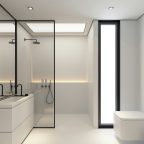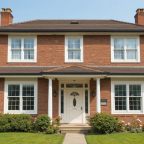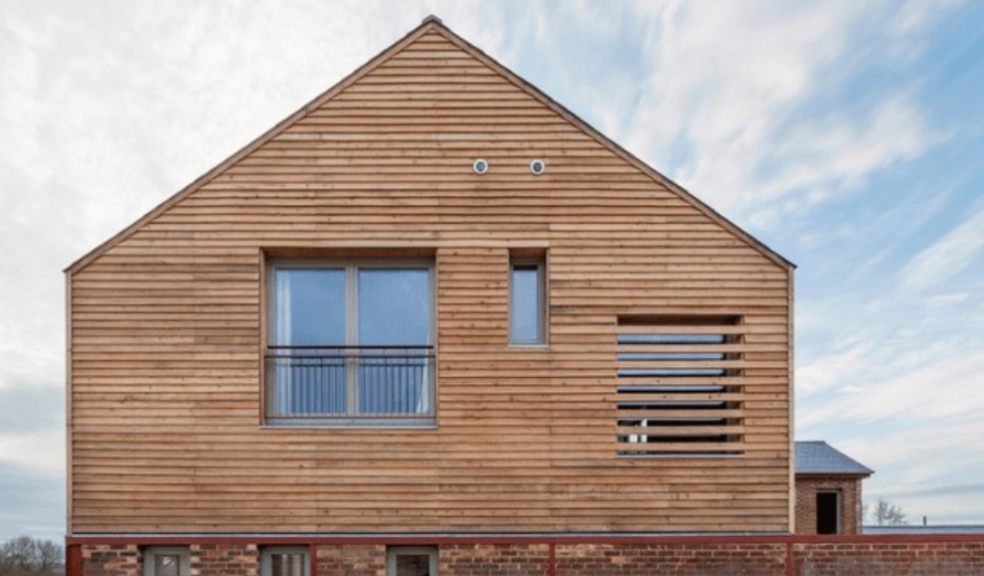
Insulated log cabins: tips to reduce heat loss
One of the main reasons that log cabins do not have a good thermal insulation is because unlike a brick house, it does not consist entirely of one material. A typical insulated log cabin has its individual parts organized into many different types, which means that there are channels for heat to escape if they are not insulated properly by other materials. We asked the experts at Maestro Cabins to give the advice regarding log cabin insulation.
Is insulation needed for log cabins?
The natural thermal insulation of a log cabin ensures that it does not need much, if any, insulation from the outside. However, if you spend time inside the insulated log cabin year-round or your log cabin is quite large, consider insulating it. In this case, not only will it become more air tight but also less cold during the winter.
One should also look at the settlement of an insulated log cabin before starting any work. Improper calculations of insulation process may have disastrous consequences requiring everything to be redone later on.
Types of insulation for a log cabin
Insulated log cabins are in demand for their benefits and advantages. Natural climate inside a log house gives comfort and warm positive energy, but this does not mean that such a house does not need insulation
At Maestro Cabins we choose stone wool for its ability to insulate wooden structures best over other options available on the market. Since it is a low cost, yet high-quality insulation material, it reduces the amount of energy consumers need when heating and cooling their home.
Polyurethane foam is another popular material and is known for its elasticity which helps with thermal insulation.
Insulating walls of a wooden house
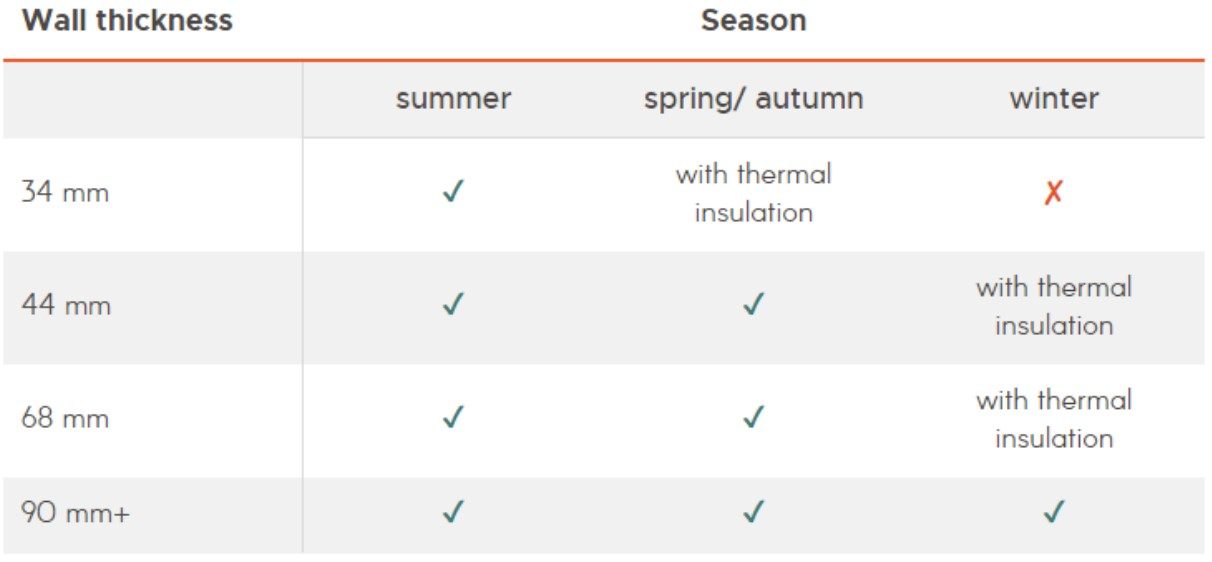
Houses with a wooden frame are typically pushed back about 2-3% of wall height, so take this distance into account when insulating the outside walls. For example, if a house has exterior walls that measures 4.5 meters high, insulated log cabins height will decrease by about 10 cm after settling. When building a new insulated log cabin, owners should wait for the construction to settle before installing insulation. If this is not possible, cabin owners should consult with an expert on the matter.
In addition to insulating the walls, it is also important to ensure that your doors and windows are sealed too.
When comparing our projects, you can see that the thickness of walls varies, which affects the final price as well as the possible time that it can be lived in throughout the year.
For example, houses with 34 mm walls are designed for the summer months but can also be comfortable during spring and autumn if they're insulated appropriately.
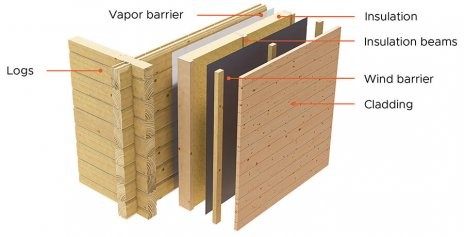
Floor insulation
One of the main problems with non-insulated log cabins is a freezing floor which even carpeting doesn't solve.
Insulating the floor reduces dampness, mold and high energy consumption.
Insulating your home with stone wool or polyurethane will not only maintain the optimum temperature, but will also insulate from the outside noise. A well-insulated log cabin can give its owners a great atmosphere by making the house comfortable and cozy.
Roof insulation
The roof of a home plays an important role in the overall temperature. It is the part of your insulated log cabin that protects it from external factors such as rain, heat, cold and provides a cozy inside environment.
A leaky roof can cause up to 30% of a non-insulated log cabins heat energy to be wasted. This is why it is very important to find ways to stop the leakage of warm air through a home's roof while also staying within one's budget.
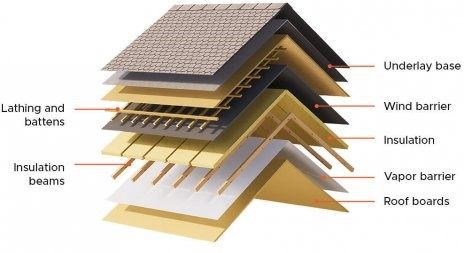
Knowing how to properly insulate your home in this cold season will help keep you comfortable during winter, even if the house is made of wood.
For further advice regarding insulated log cabins visit their website at www.maestrocabins.co.uk








